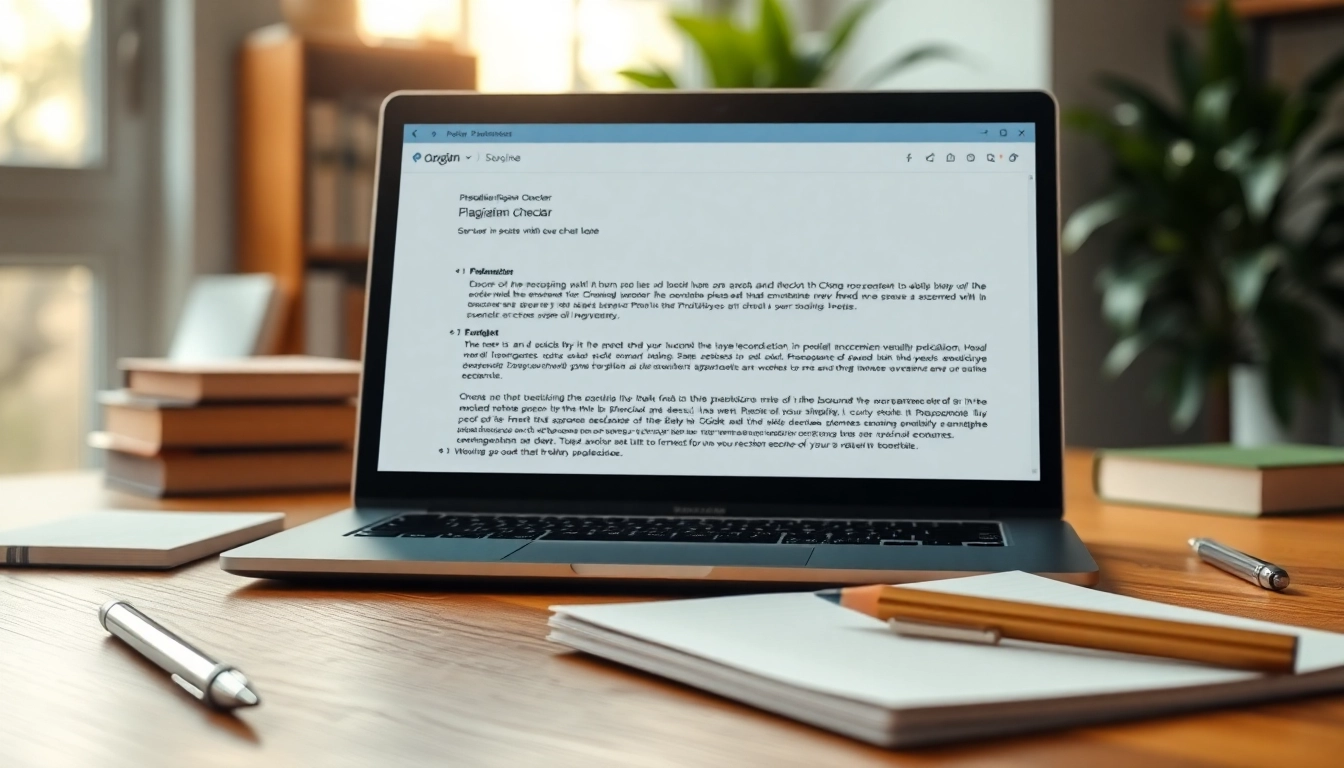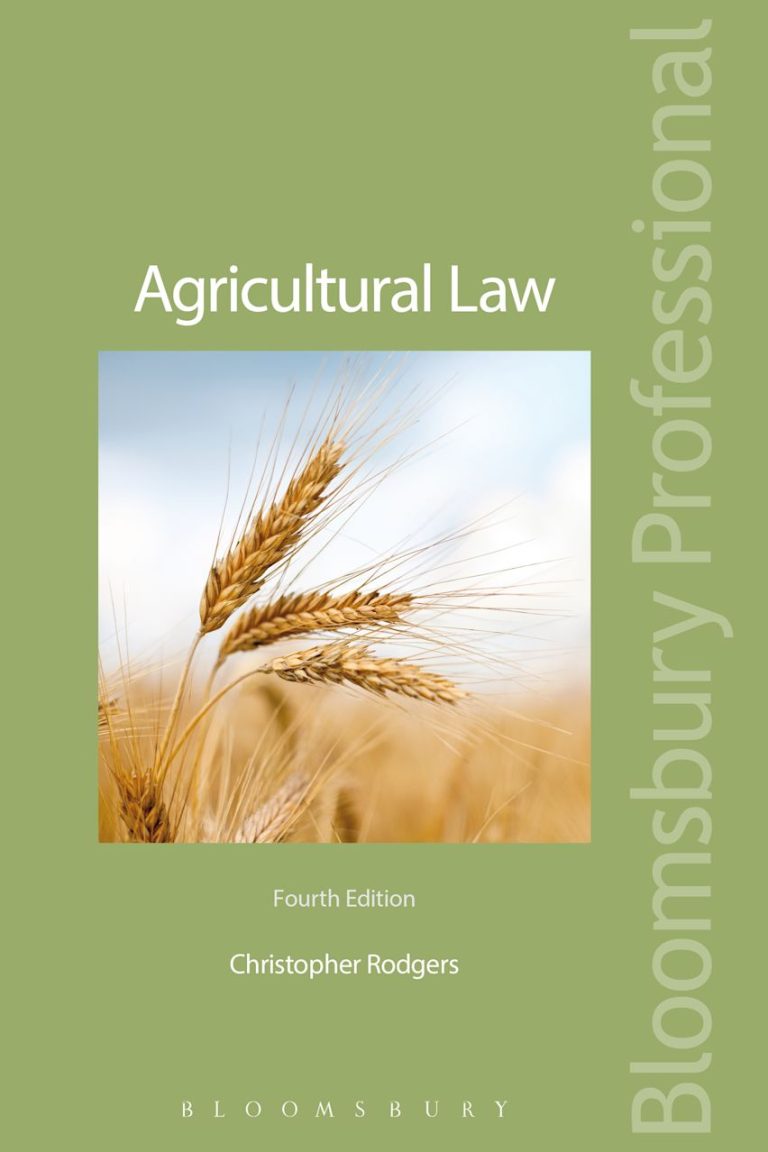
Understanding the Importance of a Plagiarism Checker
In today’s fast-paced digital world, the integrity of written content plays a crucial role in maintaining credibility and trust. Whether you are a student, educator, researcher, or content creator, ensuring originality in your work is fundamental. This is where a plagiarism checker becomes an essential tool. It not only helps in maintaining academic integrity but also safeguards one’s intellectual property.
Why Academic Integrity Matters
Academic integrity is more than just a set of guidelines; it underpins the entire educational system. When students adhere to principles of honesty and originality, they not only uphold their institution’s reputation but also their own. Violations, often due to unintentional plagiarism, can lead to severe repercussions, including failing grades and disciplinary action.
Moreover, understanding academic integrity fosters a culture of respect and accountability among peers. It encourages original thought and meaningful engagement with subject material, enhancing the overall learning experience.
The Role of Plagiarism Checkers in Education
Plagiarism checkers serve as an invaluable resource in educational settings. They assist students in identifying and addressing unintentional plagiarism before submission. Instructors, too, use these tools to uphold academic standards, ensuring that the work submitted is original and properly cited.
These tools analyze submitted work against a vast database of content, providing reports that highlight potential issues. By doing so, they educate users about proper citation practices and foster a deeper understanding of intellectual ownership.
Common Misconceptions About Plagiarism
Many individuals harbor misconceptions regarding plagiarism. A common belief is that plagiarism only involves copying text verbatim, when in fact, it encompasses a broader spectrum including paraphrasing without appropriate attribution or presenting someone else’s ideas as one’s own.
Furthermore, some think that using a plagiarism checker guarantees immunity from accusations. While these tools are effective in identifying problematic content, relying solely on them without understanding proper citation practices can still lead to unintentional plagiarism.
How Plagiarism Checker Works
The Technology Behind Plagiarism Detection
Plagiarism checkers utilize advanced algorithms that compare submitted text against a substantial repository of existing content. The technology employed can include:
- Text Matching Algorithms: These algorithms look for segments of text that match existing literature, identifying instances of potential plagiarism.
- Semantic Analysis: Some advanced systems delve deeper, analyzing the context and meaning, allowing them to detect paraphrasing and conceptual similarities.
- Learning Algorithms: Machine learning components are increasingly used to improve accuracy by continuously learning from past data and improving plagiarism detection methods.
Types of Content Analyzed by a Plagiarism Checker
Plagiarism checkers analyze a wide variety of content, including:
- Essays and Academic Papers: Traditional documents where plagiarism is most frequently encountered.
- Research Articles: Content that is often subject to strict originality checks due to publishing standards.
- Web Content: Blogs, articles, and other online content that must maintain originality to rank well in search engines.
In addition, many tools allow for the checking of various file formats, including Word documents, PDFs, and web pages, making them versatile tools for different contexts.
Interpreting Plagiarism Reports
After a plagiarism check, users receive a report outlining the findings. Understanding this report is crucial for effectively addressing any issues raised. Key elements of a plagiarism report typically include:
- Percentage of Similarity: This metric indicates how much of the submitted document matches with existing content.
- Highlighted Matches: The report will often show specific sections of the text that are considered problematic, along with sources of the matched content.
- Suggestions for Revisions: Some tools may offer recommendations on how to rewrite certain sections to avoid plagiarism.
By analyzing these reports, users can make informed decisions on revisions, thus enhancing the originality and overall quality of their work.
Choosing the Right Plagiarism Checker
Key Features to Look For
When selecting a plagiarism checker, certain features can significantly influence its effectiveness:
- Database Size: A vast database increases the likelihood of detecting similarities, enhancing the tool’s reliability.
- Speed: The ability to assess documents quickly is critical, especially for students facing tight deadlines.
- Accuracy: Look for tools that minimize false positives while accurately identifying potential plagiarism.
- User-Friendly Interface: An intuitive design facilitates ease of use, enabling users to navigate the tool without hassle.
Free vs Paid Plagiarism Checkers: Which to Choose?
While numerous free plagiarism checkers exist, paid versions often provide more comprehensive services. Factors to consider include:
- Depth of Analysis: Paid tools generally offer a more extensive analysis, covering diverse types of content and delivering more detailed reports.
- Additional Features: Many premium checkers include features like grammar checks, citation assistance, and writing improvement suggestions.
- Support Services: Paid services often come with customer support and dedicated resources, which can be advantageous for users.
Ultimately, the choice between free and paid tools should align with user needs, especially in terms of volume and type of content being checked.
User Experience and Support Options
A positive user experience is paramount in maximizing the effectiveness of a plagiarism checker. Users should consider:
- Trial Periods: Some services offer trial periods that enable users to test features before committing financially.
- Documentation and Tutorials: Resources that guide users in maximizing the tool’s potential enhance overall understanding and usage.
- Customer Support: Access to responsive support can make it easier to address any issues or questions that may arise during use.
Best Practices for Using a Plagiarism Checker
How to Effectively Submit Your Work
Using a plagiarism checker effectively involves understanding how to prepare and submit your work:
- Check Your Formatting: Ensure your document is in a compatible format for the tool you are using.
- Include All Sources: It is advisable to include citations and references that you have used in your work before submission for a more accurate analysis.
- Submit in Stages: For larger documents, breaking down the text into smaller sections can help in easier navigation and understanding of the results.
Analyzing and Understanding Your Results
Once your report is generated, thorough analysis is critical for improvement:
- Review Similarity Scores: Pay attention to the percentage of similarity; high scores often indicate areas needing revision.
- Focus on Highlighted Text: Review the sections identified by the checker to understand where potential issues lie.
- Research Matches: For any sections that need addressing, researching the original sources can guide rephrasing and proper citation.
Tips for Reducing Plagiarism in Writing
In addition to using a plagiarism checker, implementing proactive measures can minimize the risk of plagiarism:
- Practice Good Paraphrasing: Learn to rewrite ideas in your own words effectively while keeping the original meaning intact.
- Cite as You Write: Incorporate citations as you draft your work to avoid forgetting to attribute ideas later.
- Engage with Your Source Material: Develop a strong understanding of the material you are referencing to facilitate accurate representation of ideas.
Future Trends in Plagiarism Detection
AI and Machine Learning in Plagiarism Checkers
The future of plagiarism detection is greatly influenced by advancements in artificial intelligence (AI) and machine learning. These technologies promise to:
- Enhance Detection Capabilities: AI can significantly improve the ability to detect nuanced forms of plagiarism, including ideas and conceptual borrowing.
- Personalize User Experience: Machine learning can tailor recommendations and alerts based on individual user behavior and needs.
- Improve Speed and Efficiency: The integration of AI can expedite the analysis process, providing results in real-time or near real-time.
The Impact of Technology on Academic Integrity
As technology continues to evolve, the implications for academic integrity are profound. Continued reliance on plagiarism checkers raises questions about:
- Trust in Automated Systems: As reliance on technology grows, ensuring its accuracy and fairness becomes crucial.
- Education Around Plagiarism: With tools becoming commonplace, educating students about the ethical implications remains vital.
Anticipated Changes in Plagiarism Policies
As plagiarism detection technology advances, educational institutions may update their policies to reflect the capabilities and limitations of these tools:
- Increased Transparency: Institutions may become more transparent about the methods they use to check for plagiarism, fostering an understanding of the processes involved.
- Dynamic Policies: Expect evolving policies that adapt to the capabilities of detection tools, balancing the need for integrity with educational growth.






